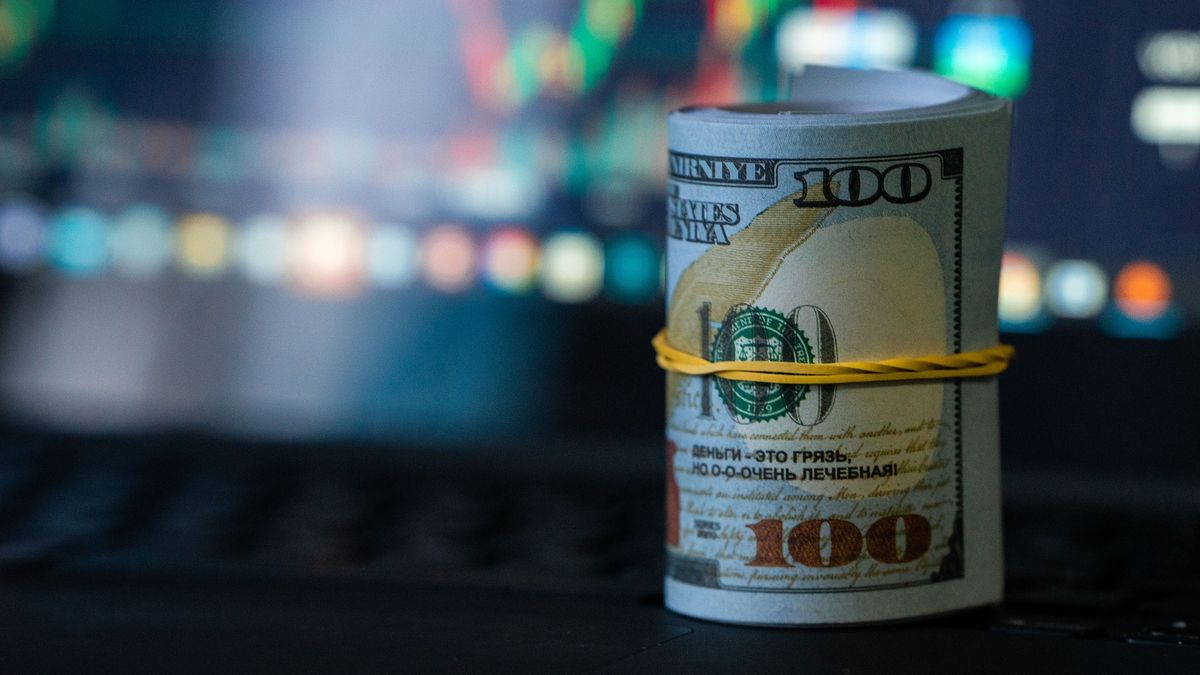Betting on the dollar bill is common, even knowing that it is not the most sophisticated strategy: If you kept $1,000 in your mattress 11 years ago, even if you have the same bills today, you go shopping and only take the equivalent of $760 in 2011 dollars in goods and services. US inflation also plays (today at its highest level in the last 40 years). Even so, we Argentines continue to place our trust in that little green piece of paper.
For these (and many other) reasons, the dollar, or rather, dollars, is one of the most important thermometers in our economy. How is that thermometer today?
Since the understanding with the IMF was announced, the thermometer that was on the verge of breaking was saved: The gaps of the CCL and the blue vs wholesale dollar (which reached 123% and 110% respectively in the previous one) fell considerably (73% and 86% currently). The market celebrates that the ghost of the non-agreement with the Fund took a vacation. But be careful because the thermometer continues to show a fever. Let’s take the blue dollar gap as an example (the conclusions apply to the CCL as well as the MEP).
The current gap (86%) is more or less in line with last year’s average (79%). The second quarter is approaching, seasonally with a greater supply of foreign currency. How far are we from 2Q 2021, where the flood of dollars (manna from heaven and earth – SDRs and Agro -) erased devaluation expectations in the very short term? At that time he averaged 64%, hitting lows at 51%. We are still a long way from an exchange rate summer.
And in historical perspective? If we compare with the most recent stocks (CFK II), the average gap for the period was just under 50%. At its worst, it threatened to reach 80% monthly average (although on some specific days it reached 100%). The levels of ultra-uncertainty back then (already high) are not coincidentally similar to those seen during the current stocks.
The key is in the very dilapidated credibility of the current economic policy. This has been seriously affected in recent times, particularly by last year’s electoral exchange delay: the multilateral real exchange rate showed in 2021 the greatest accumulated loss of competitiveness in one year of the last decade. This dish combined with the well-known and unsuccessful recipe for stepping on fees today shows its consequences.
Yes, despite the agreement with the IMF and with an economic policy with a more pro-market focus (increase in interest rates, real contraction of the monetary base, acceleration of the rate of depreciation, attempt to recompose relative prices – energy –, etc. .) the gap remains high, probably due to a lack of credibility. Today the wait to see reigns. See what? That what was agreed upon be sustained at least during the first quarterly revisions and not disappear when political time once again prevails over economic time.
In conclusion, the gap considerably compressed these weeks. With the Fund there will be dollars to avoid a disruptive exchange rate event in the short term. But now comes the most complicated part: rebuilding credibility and reputation so that calm is not short-lived. There is no dream market or lender of last resort to buy credibility, there is only work ahead.
Economic Analyst at Ecolatina
Source: Ambito




